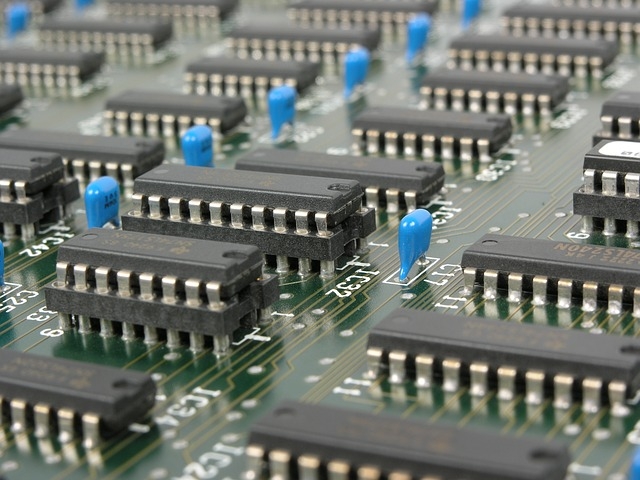If you want something done right, do it yourself. Thwarted by their attempts to acquire foreign microchip production companies to satisfy China’s vast appetite, one massive domestic private company is proclaiming that it shall itself invest US$30 billion into Nanjing over the following few years, to boost China’s self sufficiency in the field.
China’s largest memory chip maker Tsinghua Unigroup Ltd. previously had its sights set on Micron Technology and Sandisk until a potential deal was curbed by the Committee on Foreign Investment in the United States over national security concerns.
The door swings both ways. As the largest market for semiconductors in the world since 2015, China’s excessive dependence on imported chips has also raised concern in Beijing. Hence, the milestone announcement from within the walls of Zhongnanhai to pledge ¥100 billion to support the industry, with the aim of building a “globally competitive semiconductor sector by 2030”, or so said two statements by the Ministry of Industry and Information Technology back in 2014 and 2015.
The Tsinghua Unigroup produces DRAM and 3D NAND flash chips, which are used in many devices. The new $30 billion factory to be set up in Nanjing follows on from another announcement in March of last year in which Wuhan was confirmed as the recipient of a further 24 billion dollar investment.
“Last year, Chinese chipmakers withdrew a record volume of overseas deals”, Cate Cadell stated in an article for news agency Reuters. Looking to innovate and move away from investment, China is aiming to create a “world-leading” chip industry. It therefore comes as no surprise that the Tsinghua Unigroup hails the project as having “great significance to the independent innovation, large-scale production, and marketisation of China’s integrated circuit industry”.
Somewhat similar to Saudi Arabia’s KAUST, in addition to the $30 billion factory, the company has announced that it is going to invest another $30 billion into a fully functional “international city”, which will include living accommodation and international schools for foreign employees’ children.
If all this sounds a little pie in the sky, it is perhaps telling that the aforementioned Wuhan investment has since made little headway, while for some, the numbers alone are more than a little hard to swallow. In 2016, Nanjing’s entire Gross Domestic Product totaled US$290 billion. Assuming it is spread over a decade, the Tsinghua Unigroup’s investment would be the equivalent of a 2 percent boost to annual growth.
With the economy on the wane, such an investment, or even a greatly diluted version thereof, could not come at a better time. Innovation is the theme of the next five year plan and so far, China is being true to their word. However, the true test shall be whether the chips in question can also walk the walk.









